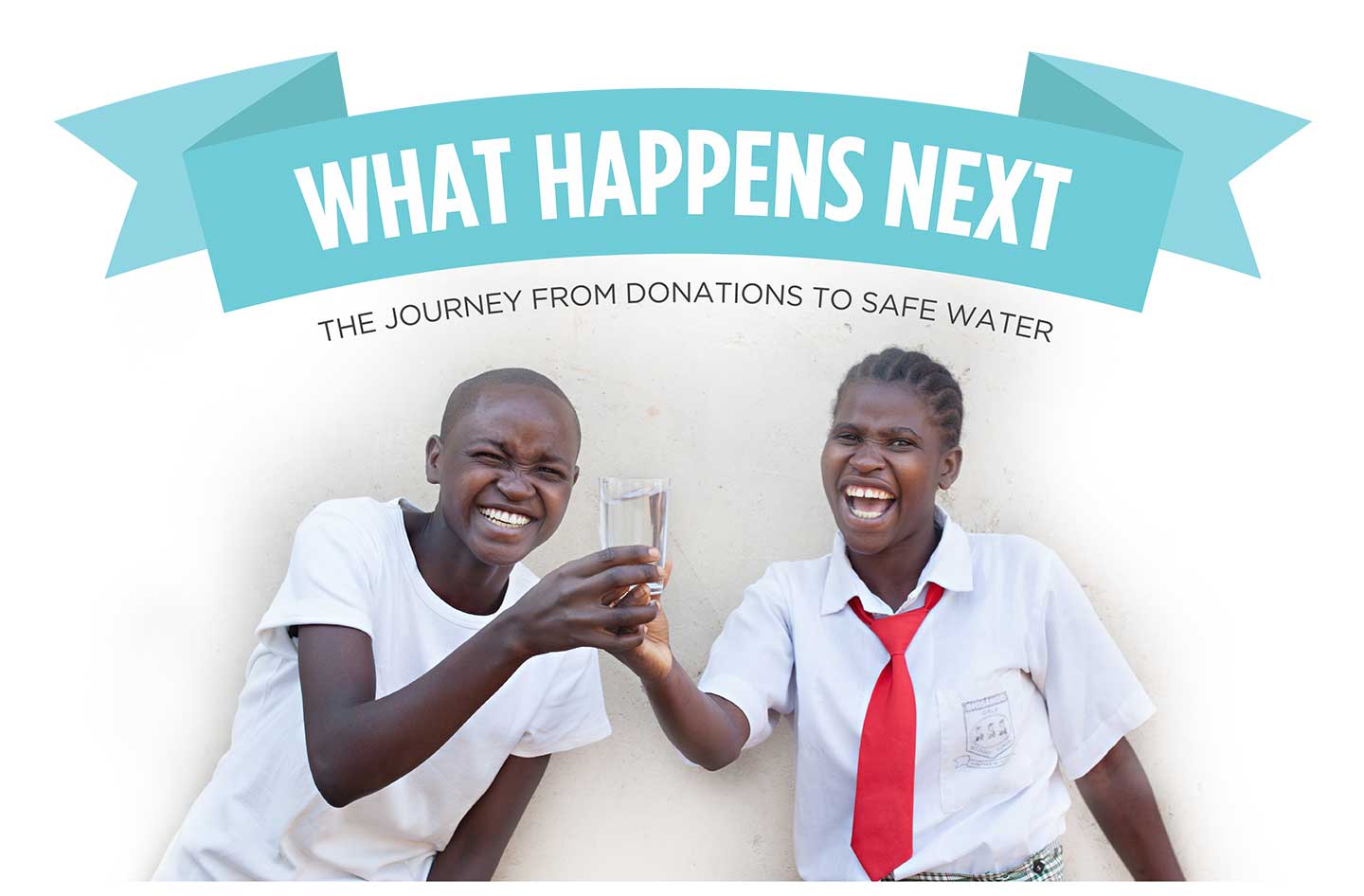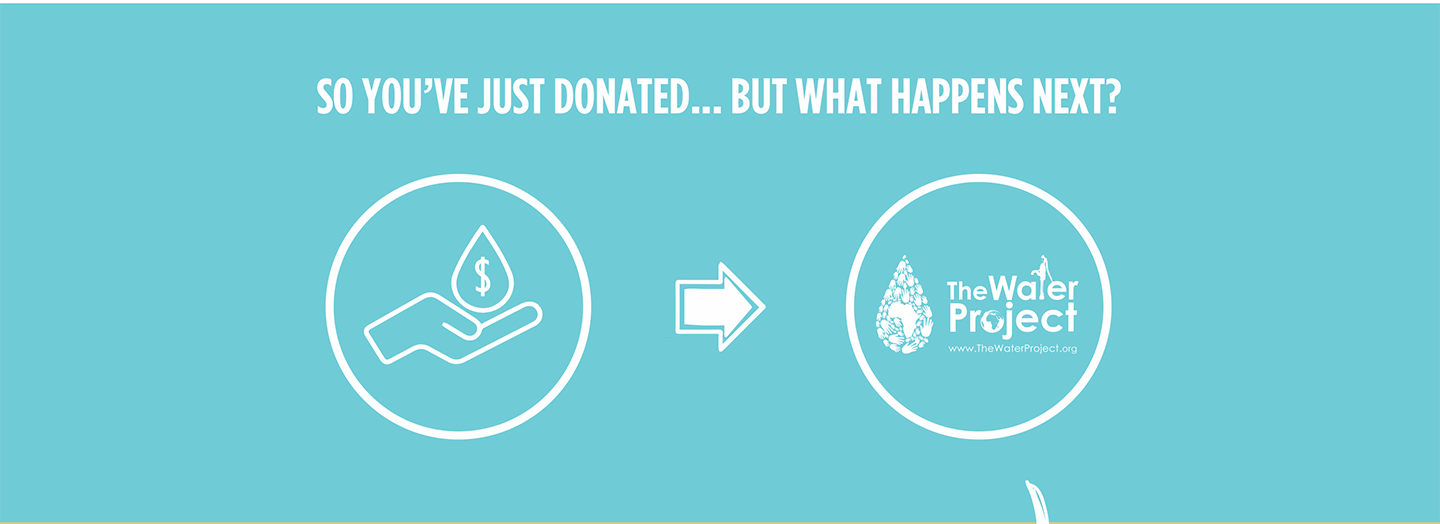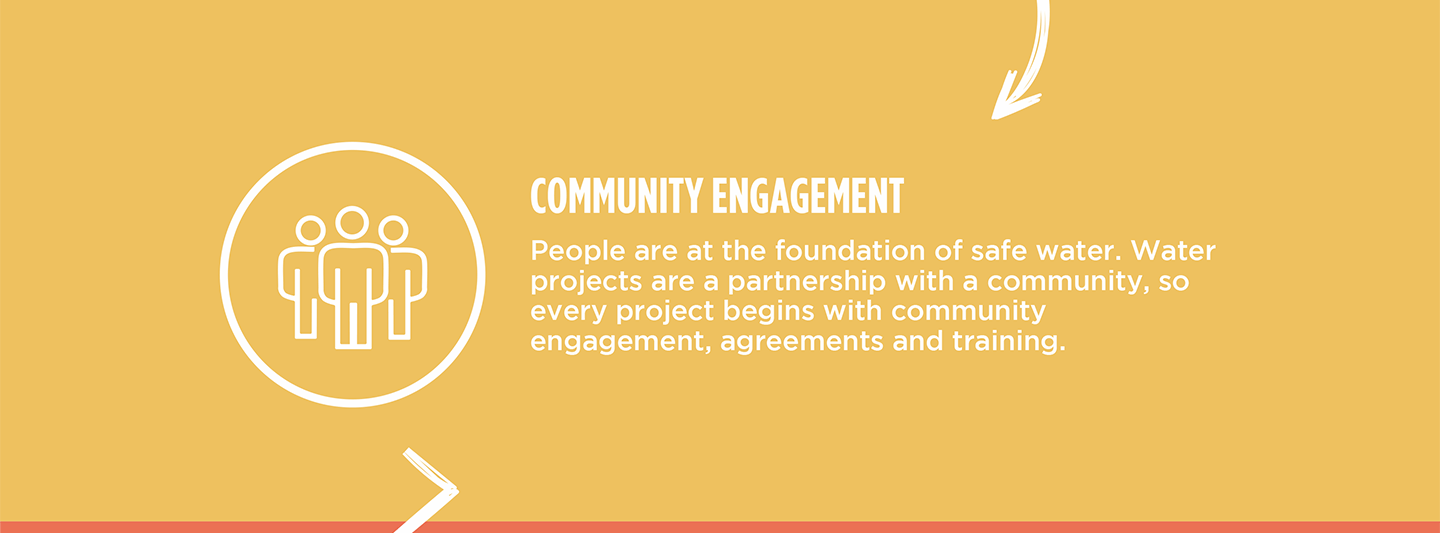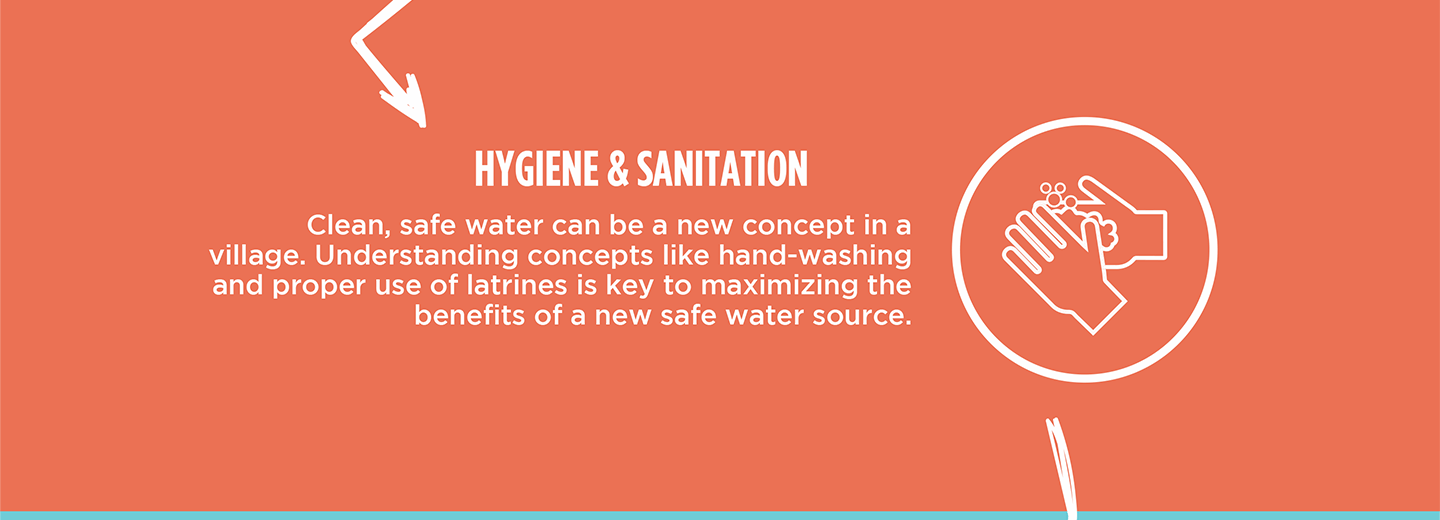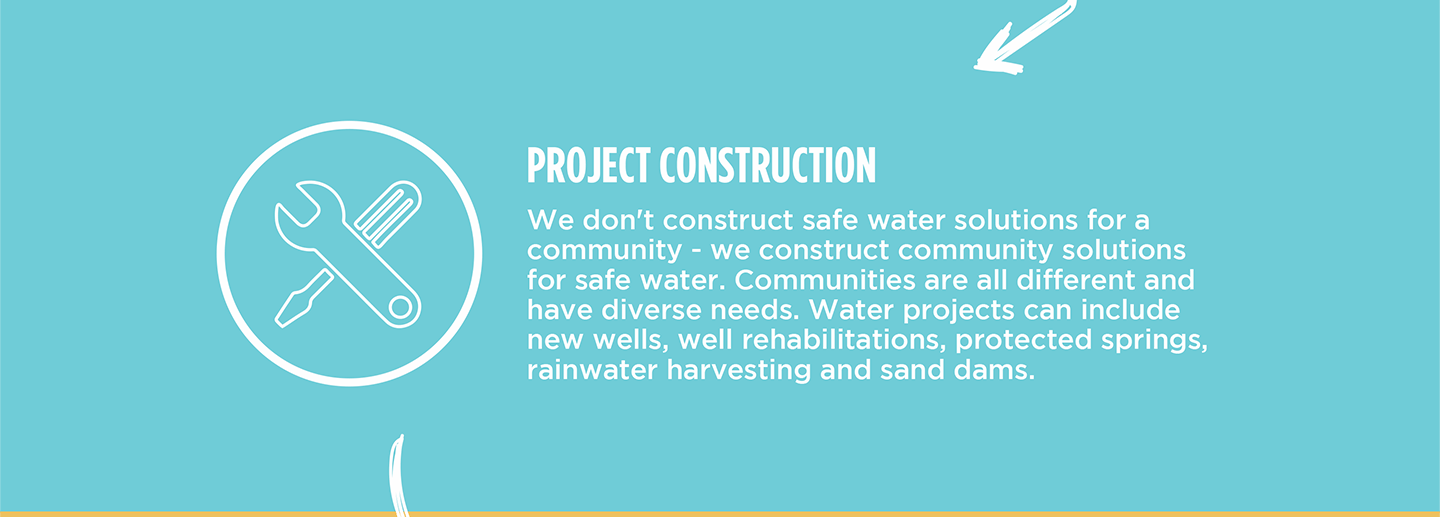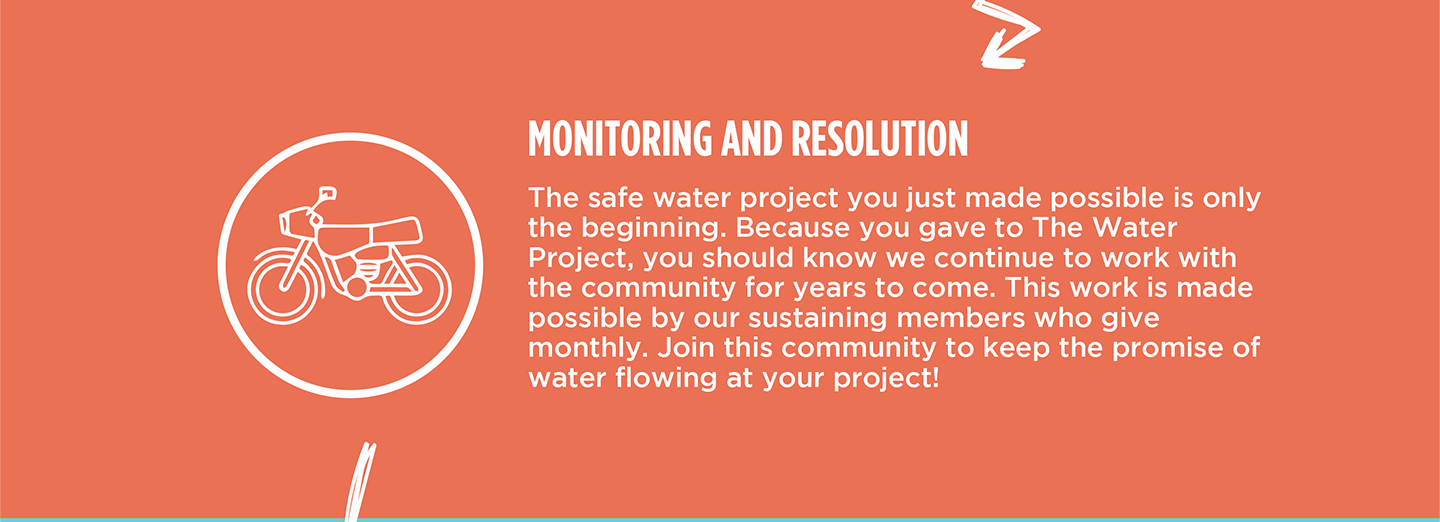The 280 community members of Fubuye rely on the partially protected Sheswa Spring for their daily water needs, but it is seasonal, overcrowded, and in need of repair.
"According to the water users, this water point reduces its yield during drought seasons. The spring has also been re-excavated several times, which is likely to cause environmental disruption, and it might also diminish the quality of the water," said Field Officer Mitchelle Aluse.

The community members living in Fubuye have tried their best to solve their water crisis by digging up the spring multiple times in the hopes of increasing the water flow, but they have been unsuccessful. The water is challenging to access, and inevitably, during the dry season, it slows to a trickle or dries up altogether.
"I need to report to work on time every day, but sometimes it's difficult because of the limited amount of water we have. I do not enjoy fetching water at this water point because it is in poor condition. Going for water has become cumbersome and uncomfortable because of the rocky surroundings and the human activities near the water point,' said 49-year-old community member Irene Ngome.

Irene (in red) waits to collect water.
Although Irene does not enjoy collecting water, she knows that without it, she would be unable to accomplish even the most basic of her daily tasks.
"Water is essential for survival. It is connected with all other aspects of our existence, making it important for us to preserve and responsibly manage it for our current and future generations."
We asked Irene about her concerns regarding the spring. She said, "I want to feel safe when I send my children to fetch water and also when I use the water from our source. The area at the back of [the] spring is bushy, and it hardly gets slashed. There is also a huge challenge of stormwater from the road passing near the spring."

The spring's accessibility is challenging, and without easy access, people waste a lot of time and energy trying to collect the water they need, distracting them from the other important things they have to do each day.
Steps Toward a Solution
Our technical experts worked with the local community to identify the most effective solution to their water crisis. They decided to safeguard the existing flowing spring.
Spring Protection
Springs are natural water sources that originate from deep underground. As water travels through various layers of the earth, it undergoes a natural filtration process, making it cleaner and safer to drink. To protect these spring sources from contamination, we construct a waterproof cement structure around layers of clay, stone, and soil. This design channels the spring water through a discharge pipe, facilitating easier, faster, and cleaner water collection.
Chlorine Dispenser
As an extra measure towards water quality safety, uniquely engineered chlorine dispensers are installed at all of our spring protection projects so community members can treat their water with pre-measured doses of chlorine. The chlorine treats any residual contamination and stays active for two to three days, ensuring water stays safe to use even when stored at home. Chlorine delivery and maintenance of the dispensers are part of our ongoing community support.
Community Education & Ownership
Hygiene and sanitation training are integral to our water projects. Training is tailored to each community's specific needs and includes key topics such as proper water handling, improved hygiene practices, disease transmission prevention, and care of the new water point. Safe water and improved hygiene habits foster a healthier future for everyone in the community. Encouraged and supported by the guidance of our team, a water user committee representative of the community's diverse members assumes responsibility for maintaining the water point, often gathering fees to ensure its upkeep.



 Rehabilitation Project
Rehabilitation Project


























